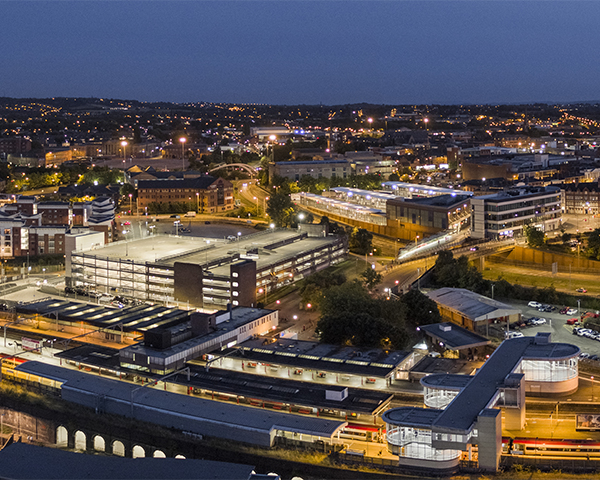INSIGHT
How to empower the customer-pleasing entrepreneurs in your business
73% of consumers say customer experience has an impact on their purchasing decisions, more so than price or product quality, according to a survey by PwC.
And according to a similar Oracle study, 77% of people feel a negative customer experience actually detracts from their quality of life.
Pretty powerful stuff. And the more organisations get squeezed on price and product, the more important customer experience is going to become as a competitive differentiator.
Don’t believe us?
Just look at the hundreds of millions of pounds supermarkets have spent on slashing their prices in the past few years, only to be collectively undercut by Amazon Fresh.
Or the fact that the proliferation of the internet has made competition global for pretty much everyone, making it hard to keep a new idea new or unique for long. And even harder when you happen to be an enormous, slow-moving enterprise business.
If customer experience really is the only way to stand out, then, how do you make sure you get it right?
In short: it’s all about people and the service they deliver.
Empower them to do amazing things and they’ll make your customers happy again and again.
Simple.
Except it’s not that simple. Not when your IT infrastructure means you’re always lagging several miles behind any changes in customer demand.
Your people might have the best ideas in the world. Ideas that could make your customers sing your praises to anyone they meet. But if you can’t provide the technology to help people implement those ideas when and where they’re relevant, what’s the point?
Thankfully, there are ways around this challenge.
Enabling local teams to serve customers better
Let’s look at the UK. It’s full of wonderfully diverse people from one end of the country to the other, with varying wants and needs depending on where they happen to live.
For large enterprise organisations, it’s incredibly difficult to serve such a diverse audience on a national level. You simply can’t react to new information quickly enough to create any kind of meaningful change in time.
But an increasing number of organisations are partnering with other brands to help meet that local demand.
Earlier this year we heard that Iceland will start selling its produce in The Range – a move its chairman said will “make (Iceland’s) unique food range available to more customers in a new type of location.”
And in the summer this year, ecommerce giant Amazon announced it would launch 10 pop-up shops across the UK, partnering with 100 small online businesses to make their products available on the high street for the very first time.
Clearly these are fantastic ideas that benefit all involved and the local communities they serve. And your people might have similar ideas to reach customers on a local level.
But to go back to the point of this article: for those ideas to become a reality you need to empower people to make decisions. To implement change. To move fast. To act in an entrepreneurial way.
That means enabling them to bypass the long-winded investment and approval processes that usually hold progress back in large organisations.
For that you need a network that can cope with this agile way of operating. One that allows you to easily adopt new cloud-based communication tools that help your people serve your customers better. One that enables staff to set up a local technology trial or new partnership and test that service without any risk to your wider network.
Setting good ideas free
At the start of this article we suggested customer experience is the only real brand differentiator in today’s economy. And it’s true. It’s also true that positive experience comes from empowering your people through technology.
In fact, 93% of ‘digital leader’ organisations we surveyed said they’re able to satisfy and retain existing customers.
And other organisations seem to be cottoning on. 60% say customer demand is the main driver for digitisation, according to a recent report on building a digital business.
Based on all the above, it’s likely we’ll see many more organisations aiming to improve their customer experience through digital technology in the coming years. If your organisation can’t keep up, you may quickly find yourself falling behind your competitors when it comes to repeat business and recommendations (go back to that stat in our opening paragraph).
So how do you ensure you can keep up? How do you empower your people to create those amazing experiences at both a local and national level?
The network is going to play a massive part in that. Why? Because a modern network will allow you to quickly and easily adapt to new digital technology that meets the changing needs of your customers.
Look around your organisation. You probably have more entrepreneurs than you think.
Give them a network that supports their ideas and gives them the digital tools they need, and you might just see what they’re capable of.



